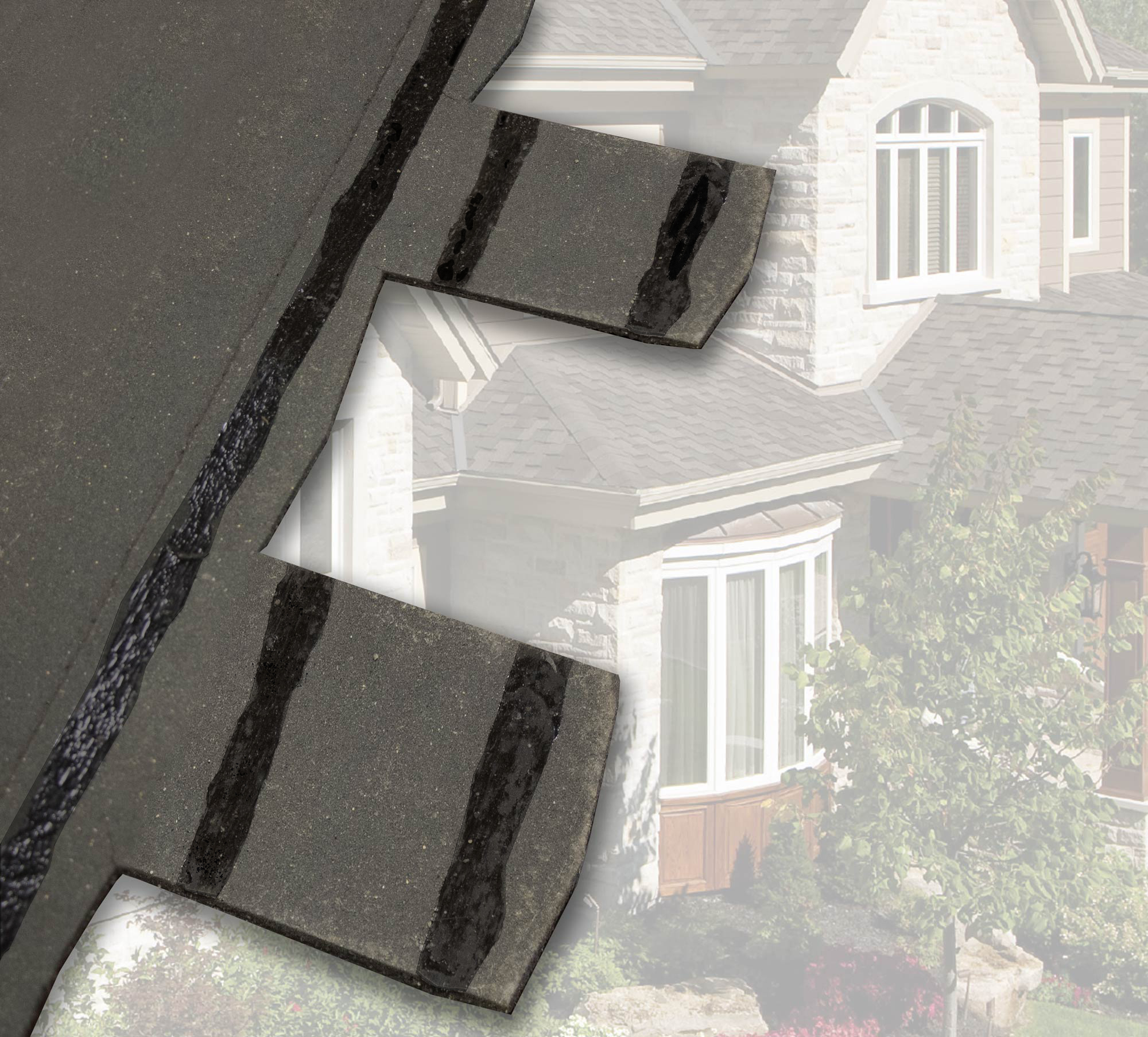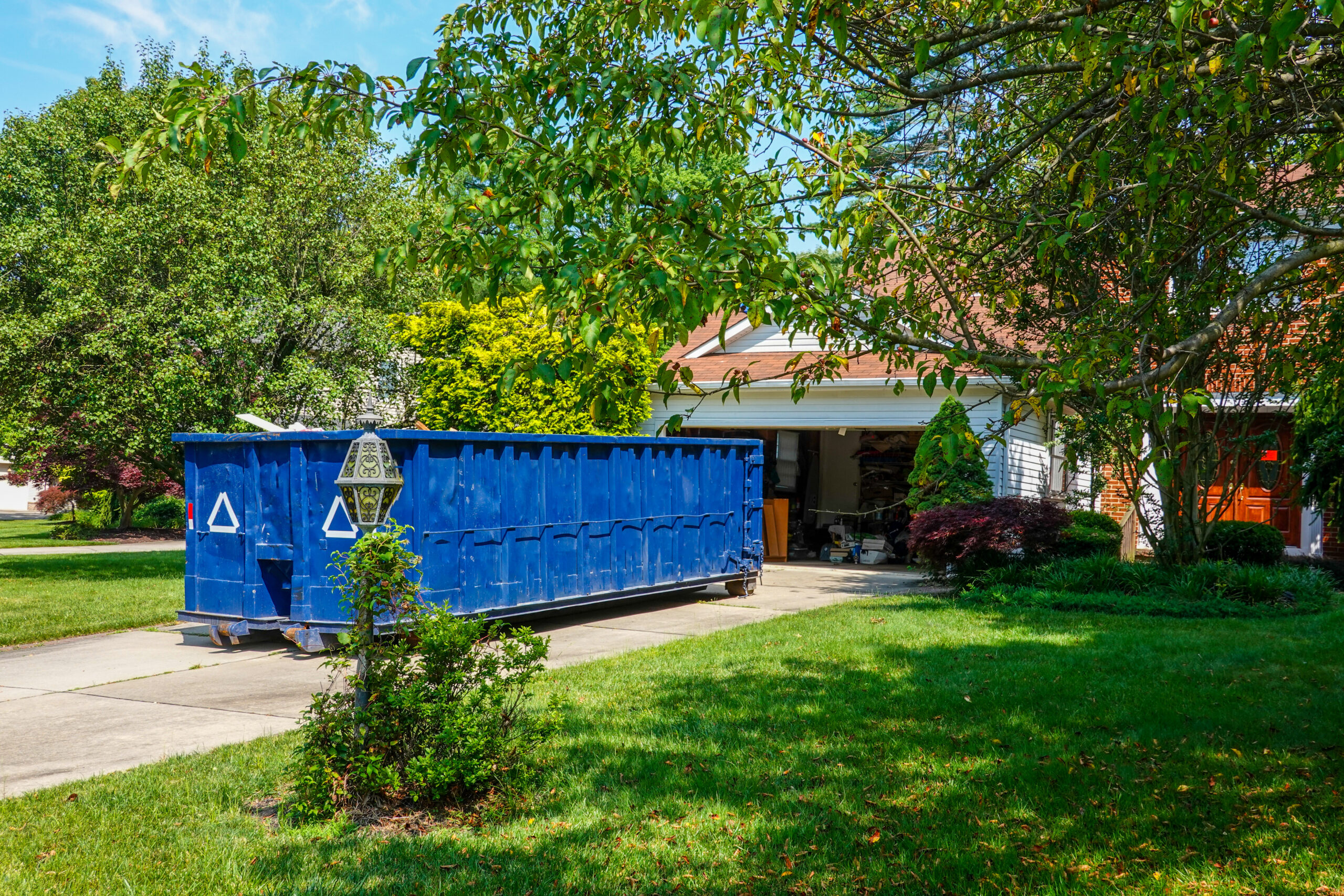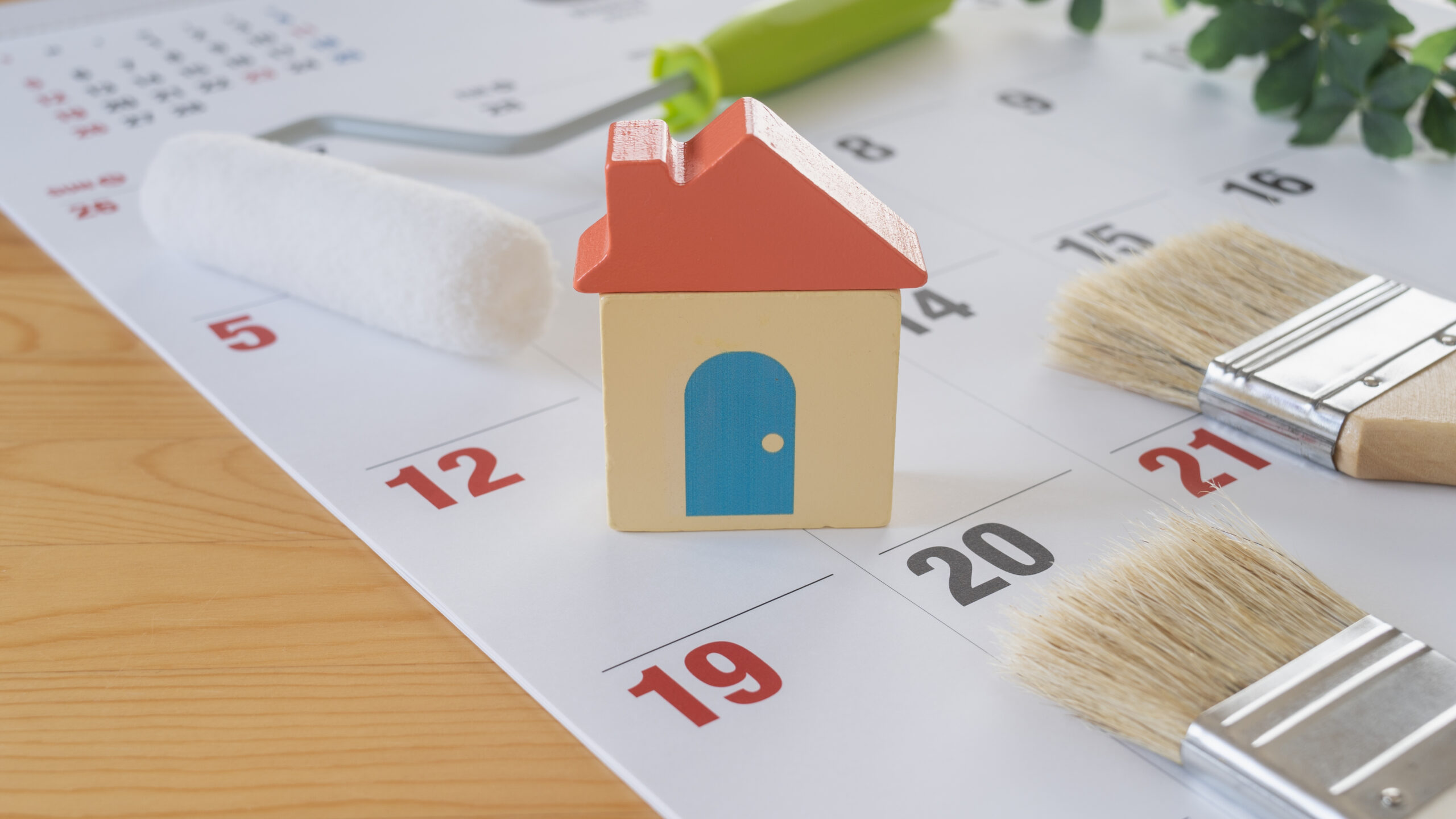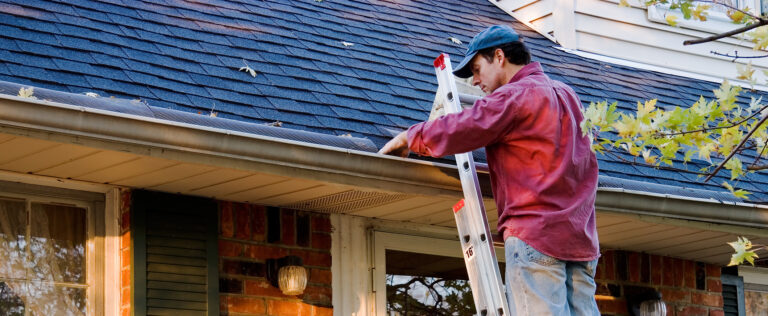From Start to Finish: 10 Tips for Planning a Roof Replacement that Meets Your Timeline
Need to replace your roof but not sure what the best time is or how to make it fit your schedule? You’re not alone. From weather conditions to contractor availability to everything else that life throws at you, determining the best time to replace your roof can feel a little bit like putting a puzzle together (unless, of course, the reason you need to replace your roof is due to emergency circumstances).
If your roof incurred damage from a storm or you have a significant leak in your home, then the best time to do it is as soon as possible. But, if you are planning a full home remodeling project, or you intend to replace your roof to increase the value of your home prior to sale, you will have a bit more flexibility.
Having your roof replaced can feel quite disruptive as a homeowner due to the noise and time commitment, but there are a few ways to prepare yourself to make it feel less like a burden and more like an exciting project to take on.
Here’s how to plan a roof replacement that fits your timeline.
1. Planning a full home renovation? Consider the timeline of the entire project before booking your roofers.
If you are building an addition to your home, or are in the midst of a full home remodel, the best time to replace your roof will depend on the overall scope of the project (as long as none of the various projects are urgent).
For example, if you plan to replace most of the exterior of your home (i.e., doors, windows, siding and your roof), then it is ideal to start with your roof. This will help ensure that your new windows or siding are not damaged while your roof is being replaced.
Whenever you are planning a series of home improvement projects, it is best to speak to a contractor or roofer before confirming start dates.
2. Plan to replace your roof during a time when you have the resources to get your pets and small children out of the house.
When you are trying to choose the best time to replace your roof, ensuring that you have the resources to get your pets and small children away from the home will be beneficial. If your pets exhibit fear during a thunderstorm, they are more than likely going to be quite scared during a roof replacement.
There is no way for a roofing crew to avoid the inevitable hammering and walking on the roof of your home, so you may want to make arrangements before your roof replacement for them to stay with a friend or sitter.
3. Choose a time to replace your roof that will not disrupt your work schedule.
Choosing a convenient time to replace your roof depends on several factors: weather conditions, roofer availability, and your own schedule.
But, just like small pets and children will be disturbed by the noise when you replace your roof, you likely will be, too, particularly if you work from home! If this is the case, weekends might be an ideal time for a roof replacement (if your roofer works on weekends), as you will be able to leave the home or set work aside for the time that the project is completed.
Additional scheduling factors to take into consideration include whether you want to be close by to oversee the project and potentially leave space for unexpected delays.
4. Consider the best time to replace your roof based on weather conditions.
Summer and fall are some of the best times to replace your roof for a reason: Lower humidity and moderate temperatures are ideal for shingle installation. Summer is a particularly ideal time to replace your roof because products like IKO shingles with FastLock sealant are activated by the sun’s heat.

Replacing your roof in cold-weather conditions is not ideal for the materials or your roofers, but it can be easier to find a reputable contractor since it is a slow season. With that said, your roofer will need to take additional health and safety precautions, and the project will likely take longer than it would in fair weather conditions. Cold weather roof replacement also requires additional installation steps, which is likely to result in higher labor costs.
5. Make a plan for your vehicles.
Your driveway is more or less occupied while contractors replace your roof. Your roofer will likely have a large dumpster delivered to your home a day or two before the beginning of the project, which they will use to dispose of the current roofing materials they remove.
It is not advisable to use your driveway while your roof is being replaced. Reputable contractors will use a magnet to pick up any stray roofing nails from your driveway and gardens at the end of each day of roofing but to be safe, it’s best to find somewhere else to park your cars for the extent of the project.
6. Set time aside to take down and store any valuables before your roof replacement.
You might be surprised by the level of vibrations that can come with the process of having your roof replaced!
Ensure any fragile interior objects like mementos or photos on the wall are put away in a safe place before the roofers’ arrival. While they are not guaranteed to knock things off the walls or shelves, it is an extra safety precaution that is worth setting aside some extra time for!
Read our article about preparing for a roof replacement for more tips.

7. Plan for any necessary permits or approvals ahead of your roof replacement to avoid delays.
Depending on where you live and the scope of your roof replacement project, there is a possibility that you may require permits before the contractors can get started. Most contractors will navigate the permit process on your behalf, but it is still important to take into consideration when choosing a time for your roof replacement, particularly if you are planning multiple home renovation or home improvement projects.
Replacing a roof with the same type of roofing materials, repairing missing or damaged shingles and eavestrough replacement often does not require any permits, but we recommend checking your local zoning regulations and bylaws, as well as any Homeowner Association (HOA) rules apply to you and your home. But, if you are adding a second story to your home, changing the slope or pitch of your roof, or, say, installing a skylight, these are circumstances that may require a permit. Be sure to speak to your contractor ahead of time and plan your roof replacement accordingly.
8. Communicate regularly with the roofing company to stay informed of any changes or updates to the roof replacement project timeline and have a contingency plan in place in case of unexpected delays or issues that may arise.
Communication is key in any project. By staying in communication with your roofing company before the project starts and staying informed throughout a roof replacement, you will be less likely to come up against any surprises. If your contractor expects any project delays due to setbacks, like changing weather conditions or material delays, maintaining a steady stream of communication will ensure that you are prepared to adjust your plans accordingly (i.e., leave the dog at the sitter for an extra few days, let your employer know that you need an extra day off, etc.).
9. Consider the type of roofing material you want to use and its availability.
Material shortages and delays have become quite common in any trade industry following the COVID-19 pandemic. While most reputable roofing companies plan their projects and timelines accordingly, if you hope to replace your roof with a trending, custom, or particularly unique roofing material, be sure to let your roofer know well ahead of time.
10. Finally, be sure to ask the roofing company for advice and guidance on how to best plan for a successful and timely replacement.
As a homeowner, you can try to plan your life around your roof replacement as carefully as possible with the information you have, but one of the best places to start is by speaking to your contractor before even booking the project.
They are the experts and will be able to guide you on best practices, material availability, their schedules, and the ideal weather conditions in your particular location.


